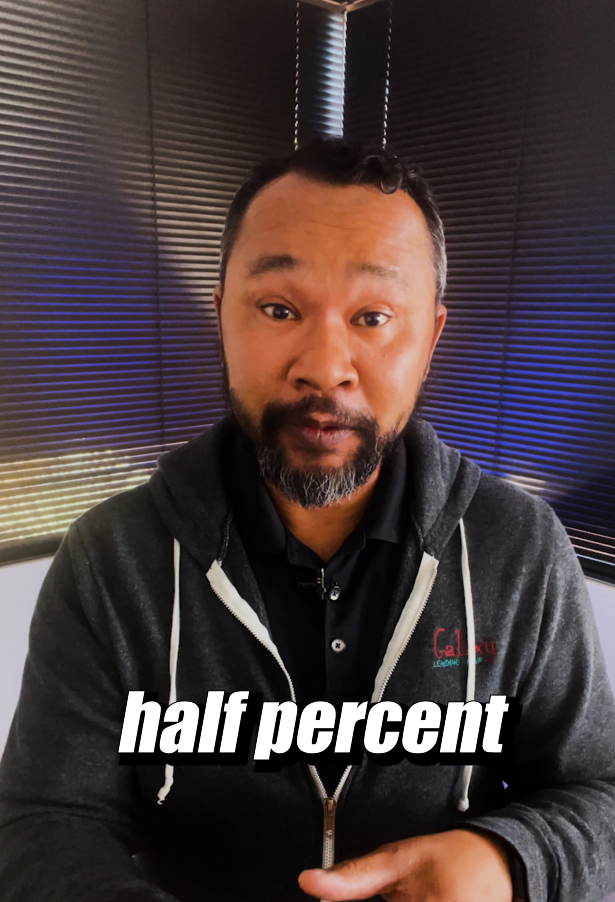Ways to Pay the Down Payment on a Mortgage
At times, it can seem that home ownership is within your grasp, but for some reason you just can’t turn it into reality. A frequent problem is coming up with the down payment.
Traditional loans require 20% down. On a $200,000 home, the down payment would be $40,000. That’s a considerable sum of money to generate.
Save Your Money
Shocker. Have you ever said, “I don’t know where all of my money went”? It’s easy to lose track of what we spend, where we spend it and what items we spend it on. Did you forget that iced mocha coffee cost you nearly three dollars? Then you got gas and picked up a snack from the convenience store. There’s another $42. It all adds up and before you know it, you don’t know where it’s gone. Make coffee at home for far less per cup and skip the expensive snacks. Track your expenses so you can see where your money is going and find ways to eliminate or reduce the cost. It’s how you save money.
Money Saving Ideas
While cutting back on what you’re spending does save money there are other ways to funnel cash into your house fund.
- Set aside a percentage of all bonuses or tax returns. These are not counted as income in your budget, so it’s “extra” money. It’s not like you had to make any kind of sacrifice to put the money away since it was never accounted for.
- Automate your saving deposits. Have a percentage of each paycheck or a dollar amount automatically transferred over to your savings account. You won’t see it show up in your regular banking account so it’s like it was never there. You won’t even miss it.
Pay Down Your Cards
Paying down your credit cards can help you save money for the down payment. Start with the one with the highest interest rate, not the lowest balance. More of your payment goes towards interest than principle on high-interest rate cards. Get rid of those cards first, then apply that “extra” money to the next card and follow that pattern until you’ve paid them all off. It’s a snowball effect. Not only does it feel good to not have that debt, but it also helps your credit score, which is a crucial factor when buying a home.
Work a 2nd job
What, a second job? The reality is, having more than one income stream speeds you along closer to your goal. All of the money from your second job could go into your house fund. There are job opportunities with flexible schedules. Deliver pizza’s part-time, work overnight stocking shelves or use your creativity to help you sell products or services online.
Put Together a Budget
Plan a house-buying budget. Determine what you’re willing to pay for your home, then figure out what 20% of that is. That’s what the down payment should be if you want to avoid paying PMI (Private Mortgage Insurance). It’s another layer of protection for the lender who may be uneasy about buyers with less than 20% of the purchase price. If PMI is tacked onto your house, the lenders are required to eliminate it one you’ve paid down 22%. You can request it yourself when you reach 20%.
Withdraw from Your 401K Account
If you meet certain criteria, you could borrow money from yourself via your retirement fund. In most cases, you’ll get a far lower interest rate than traditional loans and the repayment comes out of your check automatically. When taken out as a loan specifically for a home purchase, there are no additional taxes or fees.
Special Programs
Housing assistance websites and several government agencies can help by offering a low-down payment as part of their program. The United States Department of Housing and Urban Development (HUD)
- FHA loans are backed by government funds and only require 3.5% of the purchase price as a down payment. These typically have lower interest rates than a standard loan as well which makes it even more affordable. Low credit scores (below 600) are still accepted.
- VA loans are special loans designed for military personnel and their families. These are also backed by the government. They require NO down payment.
- USDA loans are direct loans from the USDA (United States Department of Agriculture). They were implemented to aid low-income, rural fringe area’s in obtaining home ownership. It can’t be just any house though. It has to be on their property eligibility map.
- A conventional 97 loan is pretty straightforward. It’s a traditional loan, with only 3% down. Programs that support this type of loan are Fannie Mae and Freddie Mac, the country’s two main mortgage guideline agencies. It’s an alternative to FHA loans and can save you money in fees.
Let Us Show You the Way
At Galaxy Lending Group, we’re proud to have a team of professionals with education and experience. We can handle all of your loan needs. Contact us!





